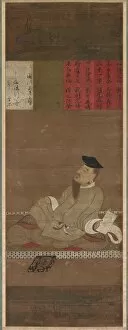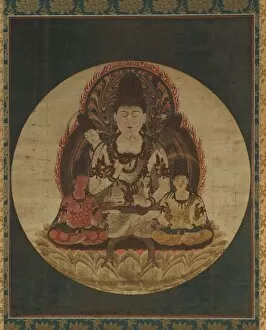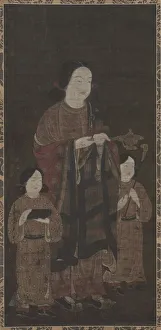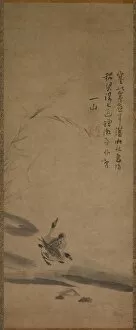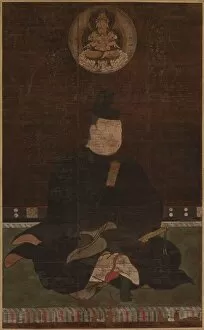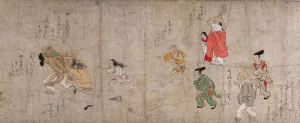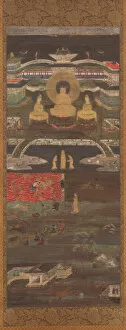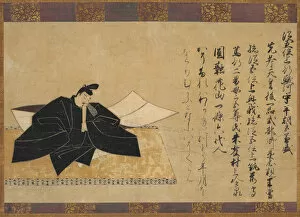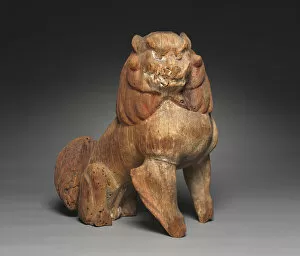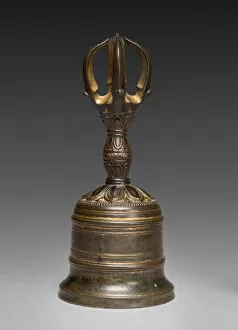1185 1333 Collection
"Unveiling the Enigmatic Art of 1185-1333: A Journey into Unknown Creators" Step back in time and immerse yourself in the captivating world of art from 1185 to 1333
All Professionally Made to Order for Quick Shipping
"Unveiling the Enigmatic Art of 1185-1333: A Journey into Unknown Creators" Step back in time and immerse yourself in the captivating world of art from 1185 to 1333. This era, marked by cultural transformations and artistic brilliance, showcases a diverse range of masterpieces whose creators remain shrouded in mystery. One such masterpiece is the "Welcoming Descent of Amida Buddha (Raigo), " crafted around 1270-1333. Its ethereal beauty transports viewers to a realm where spirituality intertwines with artistic expression. The unknown artist's skillful brushstrokes bring forth an aura of serenity and devotion. Another enigma lies within the "Wisdom King of Passion Aizen Myoo, " dating back to the 1300s. This sculpture exudes power and mystique, leaving us pondering over its creator's intentions and inspirations. The allure continues with the "Welcoming Descent of Amida Buddha" from 1300-33. Its intricate details invite contemplation on faith and enlightenment while reminding us that even anonymous artists can leave an indelible mark on history. Journey further into this era through "The Three Sacred Shrines at Kumano: Kumano Mandala. " Created around 1300, this vibrant artwork offers insights into religious practices intertwined with nature's magnificence—an ode to divinity amidst earthly wonders. Delve deeper into literary arts as we encounter figures like Kakinomoto no Hitomaro, a renowned poet from c. 1300-1350 whose verses continue to resonate across centuries despite his anonymity. Taira No Kanemore, another poetic luminary who passed away in AD 990 but left behind timeless words that captivate hearts even today—a testament to artistry transcending time itself. Marvel at the mysterious yet mesmerizing depiction of "The Secret Five Bodhisattvas (Gohimitsu Bosatsu)" from the 1200s.





